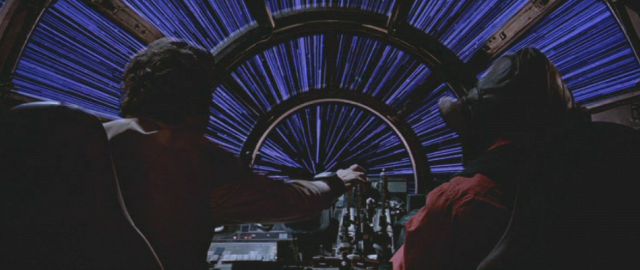No shame !
That’s what Nature said to those Prometheuses who wanted to steal the neutrinos from the realm of light (via).
No shame, because they put themselves at risk, claiming that the centenary rule that nothing can go faster than light might not be so unbreakable, while keeping their calm at all time.
- “point 5 past light !”
The best is their allegations re-opened the debate on what the speed of light really is the limit of.
Even though I’m not a specialist in special relativity, I was pleased to hear the crazy theories like this one :The speed of light is like a barrier. You cannot cross it, but you can be already on the other side, where the neutrinos might be.
Photons are exactly on the wall : they cannot go any slower or faster.(as heard on the radio).
I liked this picture because it relates to two (mis?)conception that I have.



